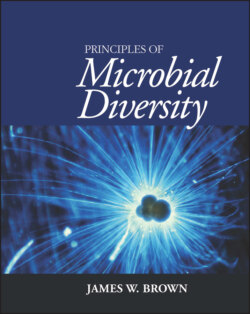Читать книгу Principles of Microbial Diversity - James W. Brown - Страница 78
Parsimony
ОглавлениеParsimony is actually a collection of related methods based on the premise of Occam’s razor. In other words, the tree that requires the smallest number of sequence changes to generate the sequences in the alignment is the most likely tree.
For example:
No distance matrix is calculated; instead, trees are searched and each ancestral sequence is calculated, allowing for all uncertainties, in a process analogous to Sudoku puzzles. The number of “mutations” required is added up, and the tree with the best score wins. Testing every possible tree is not usually possible (the number of trees grows exponentially with the number of sequences), so a variety of search algorithms are used to examine only the most likely trees. Likewise, there are a variety of ways of counting (scoring) sequence changes.
Parsimony methods are typically slower than distance-matrix methods but very much faster than the maximum-likelihood methods described below. Parsimony uses more of the information in an alignment, since it does not reduce all of the individual sequence differences to a distance matrix, but it seems to work best with relatively closely related sequences and is not usually used for rRNA sequences.
